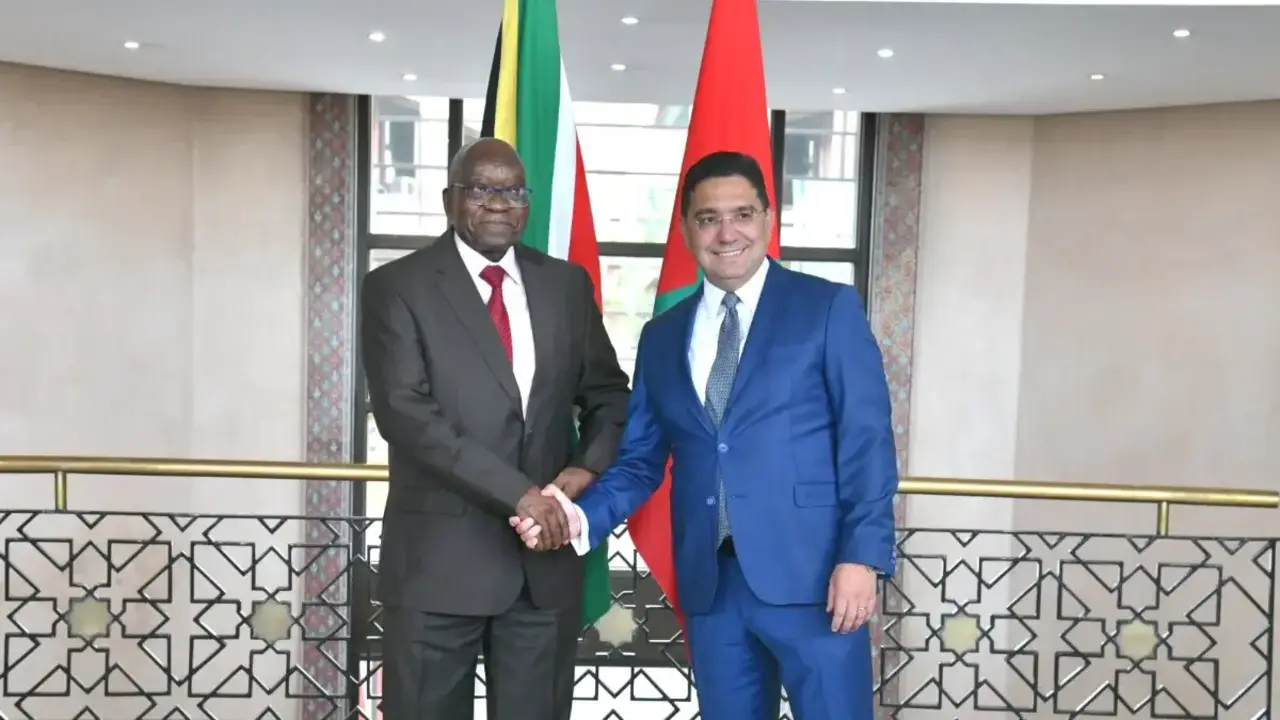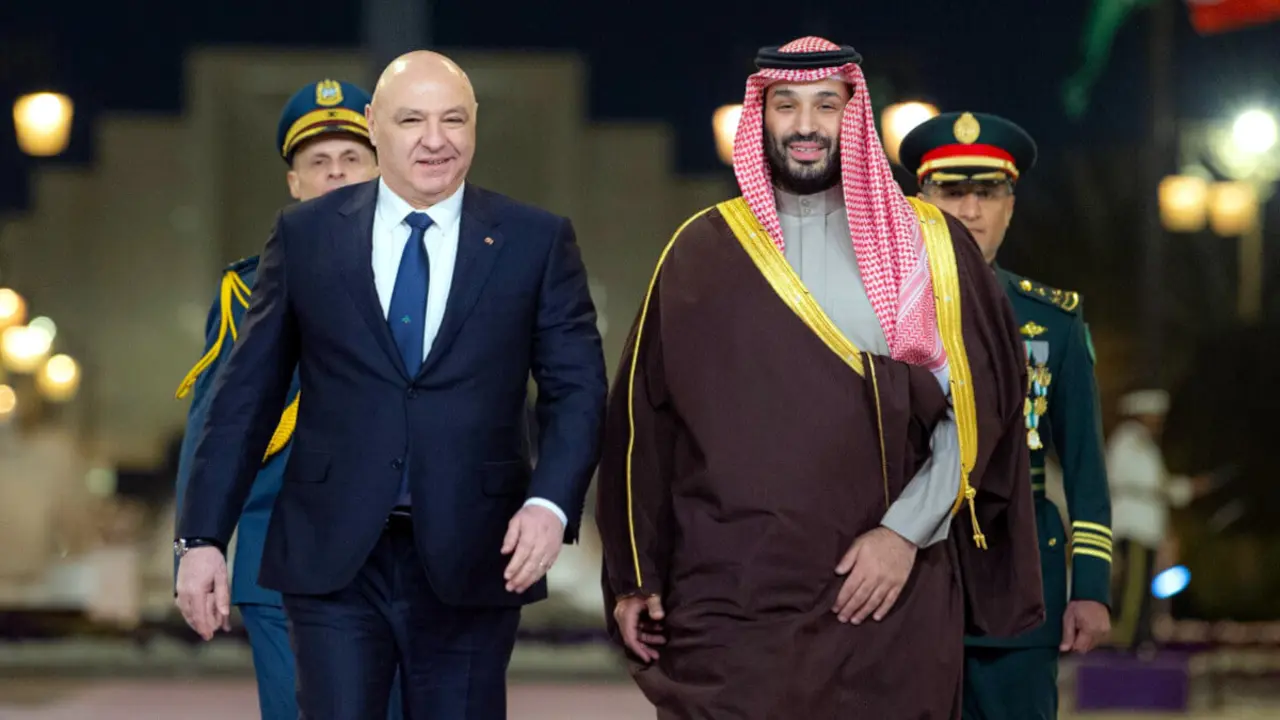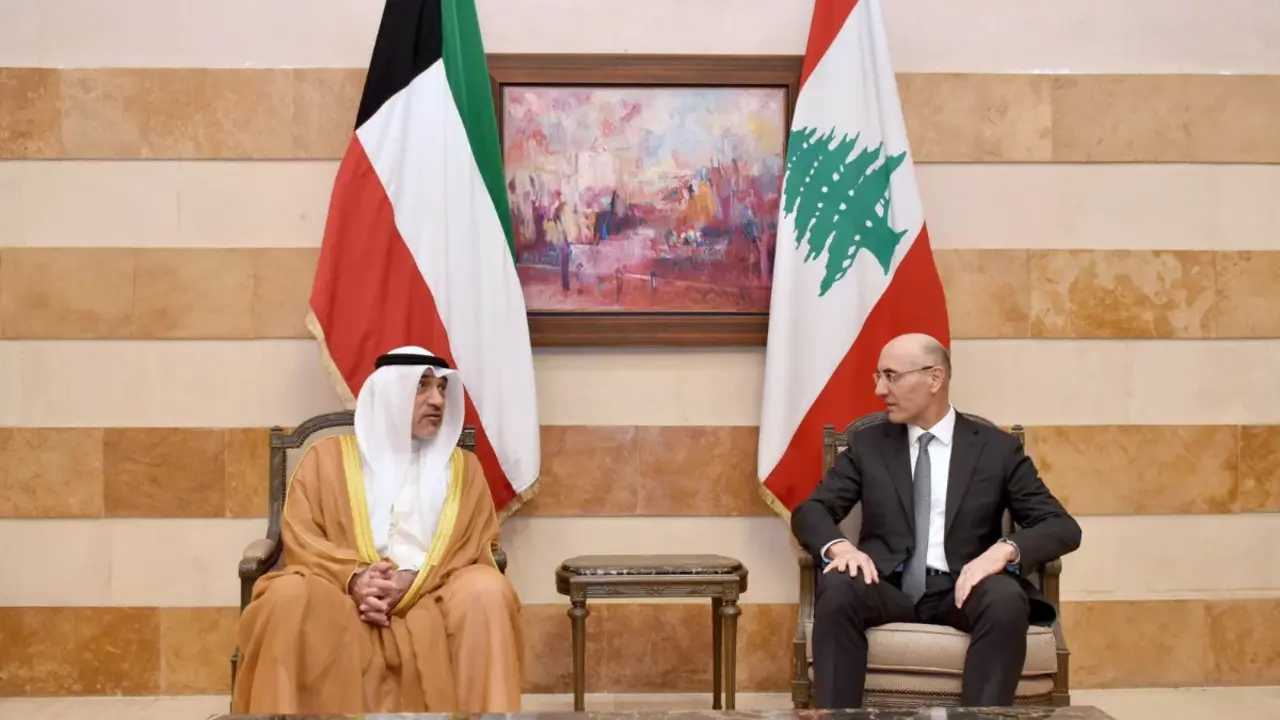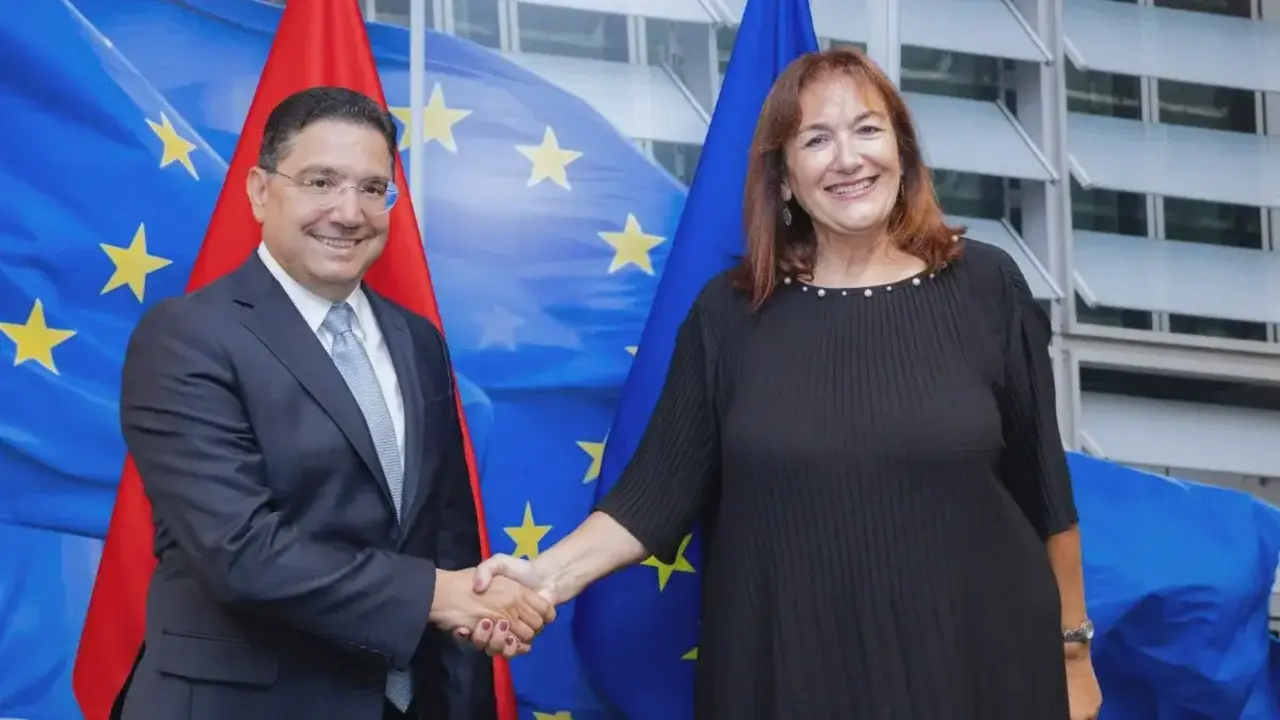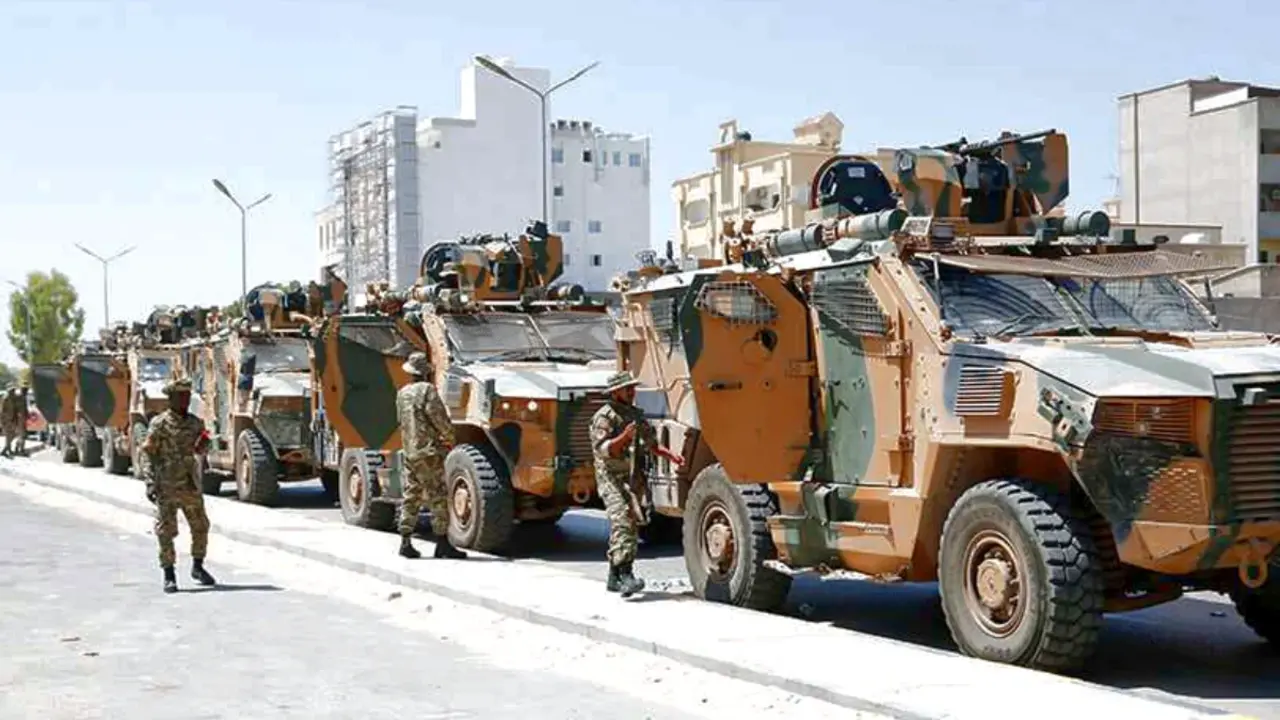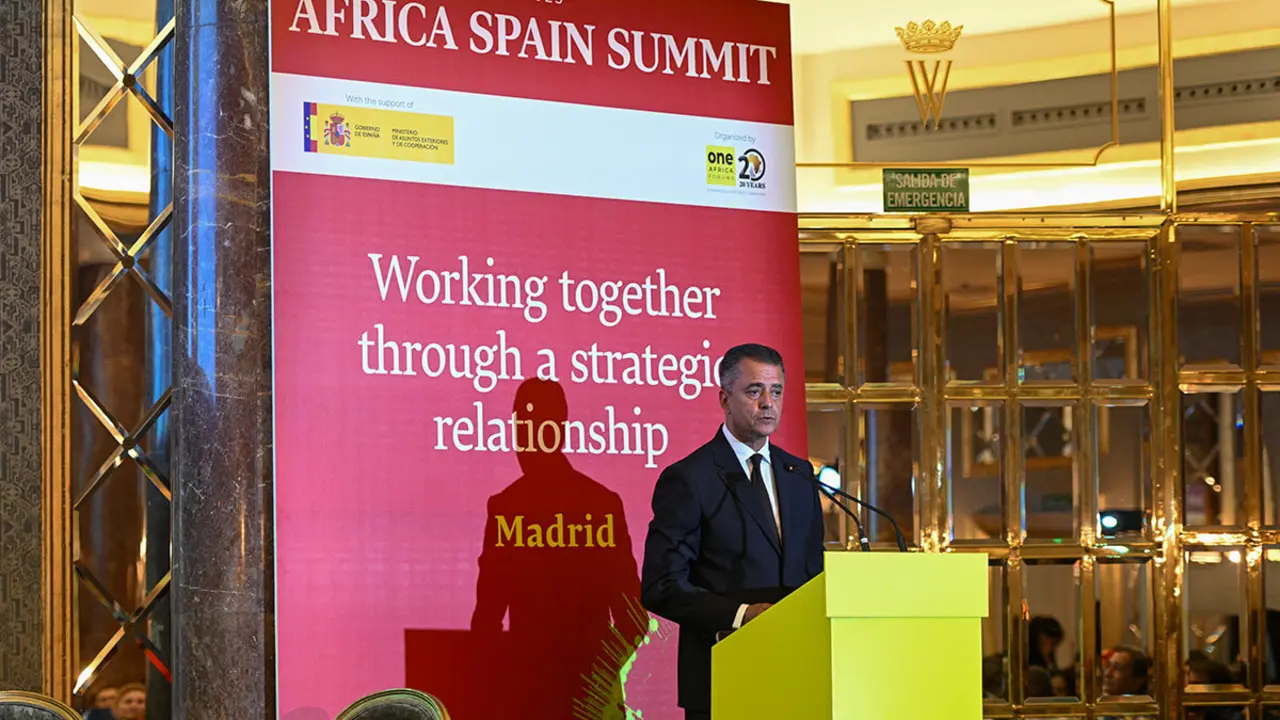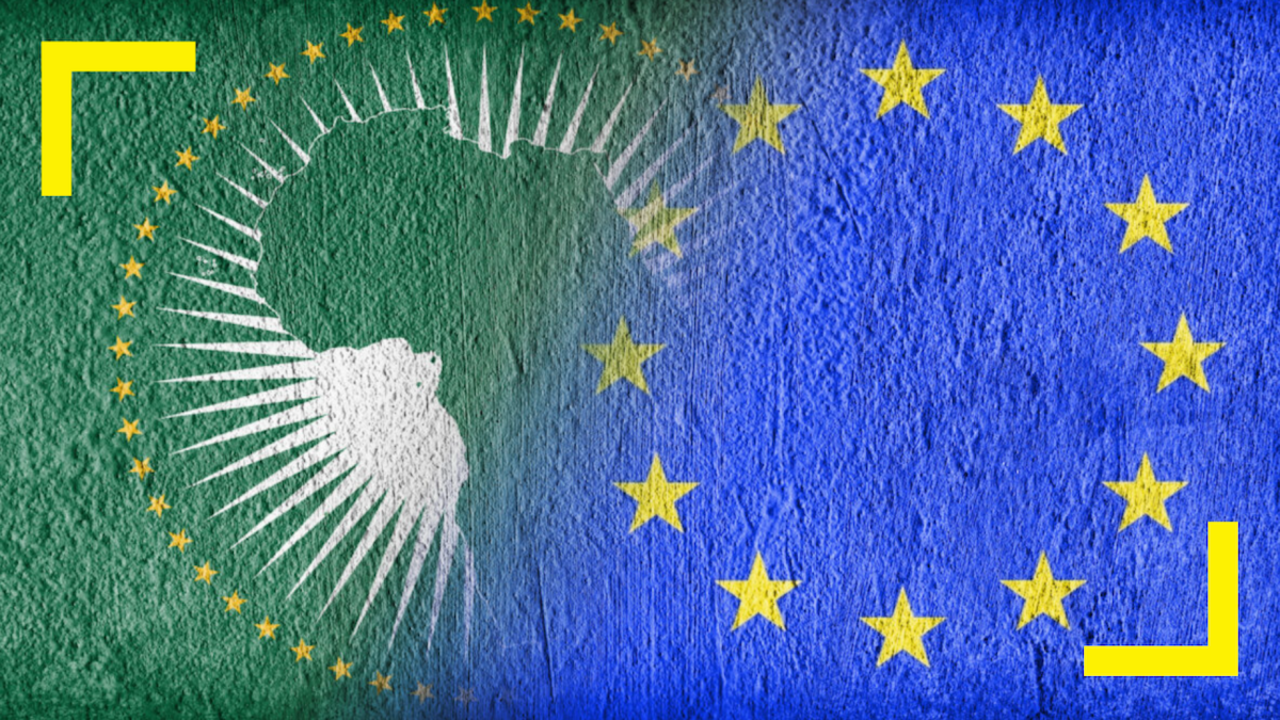Three PMOI supporters sentenced to death
No to death penalty movement in Iran

Executions on religious grounds continue under the dictatorship of the mullahs. On Monday 16 September, the death penalty was officially imposed on two political prisoners: Behrouz Ehsani-Eslamlou, a 70-year-old father of two, and Mehdi Hassani, a 48-year-old father of three.
On Wednesday 18 September, the mullahs' justice system also informed political prisoner Mohammad Javad Vafa'i-Sani that he had been sentenced to death for the third time in Mashhad prison. His crime: ‘rebellion, war against God, corruption in the land and belonging to the mujahideen’. All of them were arrested during the Mahsa uprising in 2022.
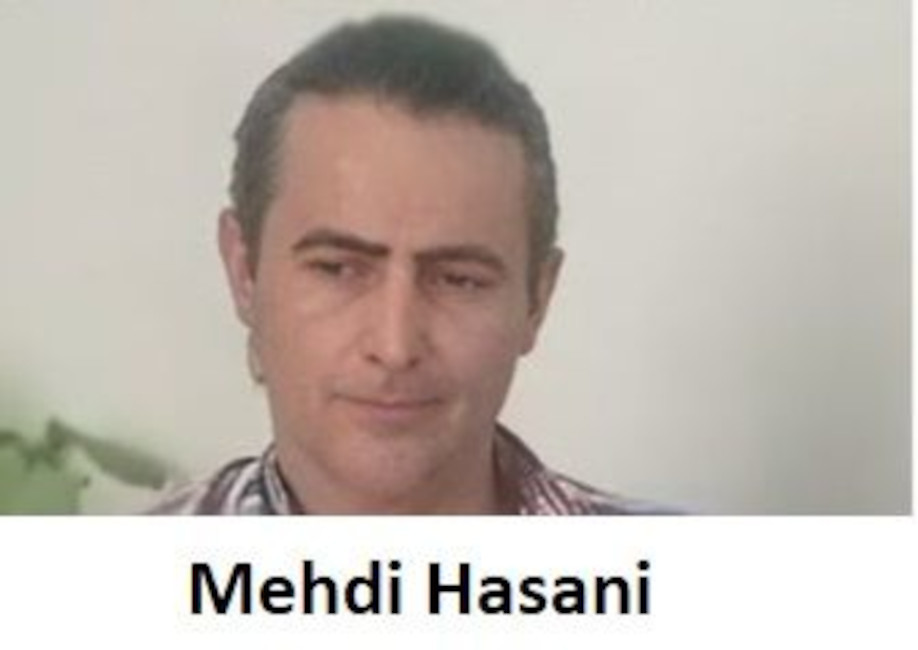
In his latest damning report, Professor Javaid Rehman, the UN special rapporteur on human rights in Iran from July 2018 to July 2024, described two major waves of massacres in Iran as genocides: that of 1982 and 1988. The term is used because Iran's religious dictatorship executed its opponents solely for their religious and ideological beliefs, seeking to eradicate them.
Nasser Kanaani, spokesman for the Iranian Foreign Ministry, wrote on his X-page that ‘Javaid Rehman has repeatedly rendered numerous services to the People's Mujahedin Organization of Iran (PMOI), and his clear alignment with this terrorist group has been repeatedly communicated to United Nations officials’. The Iranian regime's reaction to the ‘heinous crimes’ denounced by Javaid Rehman is the best proof of the veracity of his latest report.
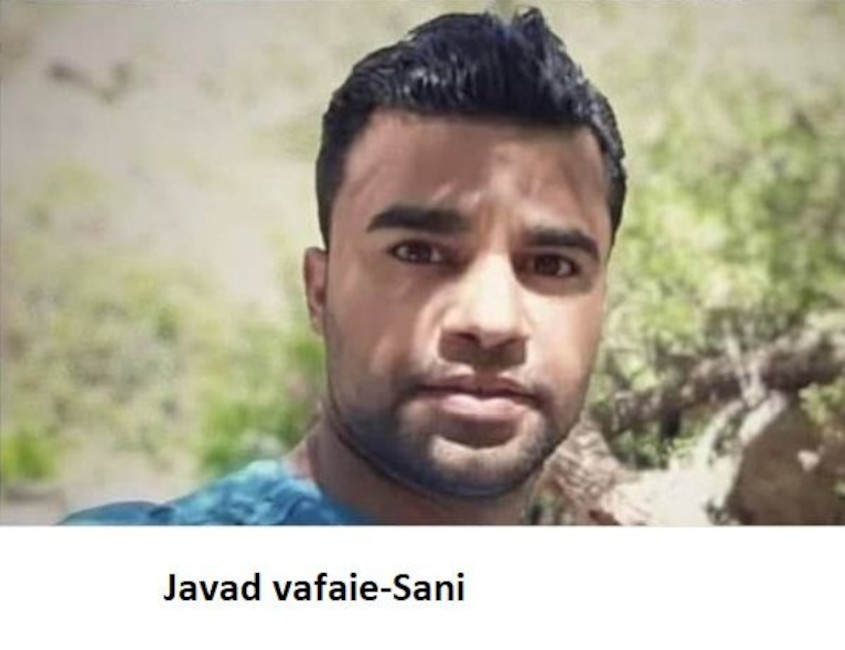
Meanwhile, the figures remain terrifying. Since the new President Massoud Pezeshkian came to power in August and formed a government, more than 170 people have been executed. The executions are aimed at subduing society, not to mention political prisoners. Under the mullahs' regime, the death penalty is used as a tool to terrorise an educated Iranian society that seeks freedom and progress. The Iranian regime fears another uprising, potentially even more devastating than the one in 2022, which could precipitate its inevitable downfall.
At his recent press conference, Massoud Pezeshkian spoke of the ‘super-crisis’ in which the regime is mired, but made no mention of executions or political prisoners. He showed that he has neither the intention nor the capacity to release political prisoners, nor to open the doors of the regime's sinister prisons to international commissions of enquiry.
Pezeshkian has also shown that he is unwilling and unable to abolish the inhumane death penalty and punishments such as flogging, amputation and enucleation.

In 1988, following a fatal fatwa (religious order) issued by Khomeini, more than 30,000 political prisoners were hanged, 90% of whom were members and sympathisers of the People's Mujahedin Organisation of Iran (PMOI).
Under the religious dictatorship, Iranian society is bleeding to death every day. Last year alone, 864 people were executed. In 2019, at least 1,500 people were killed during the national uprising, and another 750 were killed during the 2022 uprising, either in prison or on the streets. Thanks to the tireless efforts of the Iranian resistance and human rights defenders, the United Nations has already passed 70 resolutions condemning the human rights violations committed by the mullahs' regime.
In the face of a regime for which executions are a central pillar of its survival strategy, Iranian opposition leader Maryam Rajavi launched the appeal ‘No to death sentences in Iran’. To date, every Tuesday prisoners in 21 different prisons have gone on hunger strike against the death penalty.
In his view, governments should make their relations with the mullahs' regime conditional on an end to executions, and recognise the right of the Iranian people to fight to overthrow tyranny.



